numbers and philosophy in antiquity (cont)
While it’s tempting to look at the sequences of the bāguà, again the “eight trigrams” or “eight gua”, which as far as the tradition goes represent the earliest form of the Yĭ Jing from which the system of the 64 hexagrams was derived from, as a geometric formation that runs at some level akin to Pythagorean esoteric geometrical symbology, the interpretation of either sequence of the bāguà (Earlier or Later Heaven) is a stretch to say the least.
There is an ordering to the bāguà, an arrangement, of which there are two – Fu Xi and King Wen, Earlier and Later Heaven respectively – no doubt, but the ordering reflects more a process of change (yi) of elemental forces rather than a geometric construct within which the universe can be understood or which the universe can be said to manifest. This differs greatly from the metaphysical systems that evolved to the West which believed that the universal order, the natural world, was best expressed in terms of Geometry – basic perfect geometric figures such as the square, the circle and perhaps most importantly the triangle.
In the Chinese philosophical and intellectual belief system, its worldview, philosophy and Science are all viewed within an integrated and synthetic framework, stemming in no small part due to the “open” or “unbound” nature of the underlying system within which the realm of knowledge is considered. This belief system is perhaps best understood and reflected in the Yĭ Jing, a work which reaches deep into Chinese antiquity as originally devised in the Zhou Yi, which in later form evolved into the Yĭ Jing as we know it today – consisting of not only the 64 hexagrams and their associated symbols as they existed in the Zhou Yi, but also the Confucian commentaries that have come to be called the Ten Wings which now accompany all the standard editions of the text.
While in some respects one can look at the Yĭ Jing as the parallel to the Hebrew Torah, or Pentateuch (Five Books of Moses) to which all later Western theological traditions looked to as the foundation of their belief system, it is nonetheless a truly distinctive work, especially given the way in which it is communicated – via symbols and diagrams – and the way in which it was used, i.e. as a divination text.
There is no real counterpart in the West really, given our obsession with Scripture and the characteristic notions of Truth and Falsehood which underpin the theological arguments which have been so prevalent historically in the West. And whereas in the West we have come to divide knowledge between Science – the study of the “natural” or “physical” world – and the humanities which include disciplines like history and philosophy which are not classically “scientific” per se, along with religion as defined as the study of the world of the spirit, i.e. theology, in the East arguably all disciplines of study and thought fall under a single domain as it were, or at least are looked at in a more holistic and integrated fashion.
So the Book of Changes then not only represents a set of symbols and relationships explain the total “composite reality”, as we might call it in the West. This reality spanned the realm of Heaven, the gods or universal world order as you might call it, but also the realm of natural phenomena (element of Earth), as well as our own individual lives and experience (Man), along with the underling notion of change through which all actions and consequences can be properly understood, the overall purpose of the consultation, of the book itself, being the alignment of our own individual lives (the element of Man or the individual who is consulting the Yĭ Jing) with the cosmological world order (the element of Heaven) as well as the “natural” world order (again the element of Earth).[1]
The hexagrams in the Yĭ Jing not only represent the underlying cosmological order (i.e. Heaven), but also the realm of Earth and Man, the great Triad of existence as seen in the eyes of the ancient Chinese authors of the Yĭ Jing, where the “state” of each realm is reflected in two of the underlying six of individual hexagrams which are selected as part of the divination process. This great Triad, akin to the great Trinity of principles which was so elemental to the theo-philosophical systems of the West, represents the underlying philosophical principle of alignment between the realms of Heaven, Earth and Man which the individual was looking to align for optimal balance and harmony, each of which was manifest in specific parts of the underlying symbols or hexagrams that make up the text.
So we have the Triangle (One, Two, Three and Four) versus the Circle made of eight combinations of broken and solid lines (2 cubed or 8), each system resting on the same metaphysical foundations of the Many emanating from the One, specifically the Two, or Dyad, emanating from the One, and each system in no small part resting on the foundational belief in the cosmological significance of numbers and their relationship to each other, and the belief that the universal order is formed out of, and is best understood by, the existence and interdependence of and some very basic primordial elements – earth, air, water and fire in the West and Heaven, Lake, Fire, Thunder, Wind, Water, Mountain and Earth in the East.
Interestingly the Greeks (for the most part) landed on four basic principles, perhaps derived from the Pythagorean Tetractys, while the Far East landed on eight – the relationship between the two metaphysically speaking having the same source – the two systems being based on, and fundamentally derived from, the number Two which of course is the natural and logical cosmological deduction from a primordial One – they seem to take the next (metaphysical) step quite distinctly, with the West arriving at an intermediary step of Three (which again can be seen so well reflected in the Judeo-Christian and Neo-Platonic traditions), from which perhaps their love of Geometry emerges and/or is reflected, while the Chinese go from the two to the four and from the four directly to the eight, leaving the intermediary steps as metaphysical building blocks as it were and not core philosophical principles in and of themselves necessarily, at least as reflected in how the Yĭ Jing and the trigrams are understood by the Confucian philosophers form the last few centuries BCE.
China’s metaphysical system as reflected in the Classic of Changes is a binary system, there is no denying this elemental fact yes, but the underlying order of the system is not materialistic in any sense of the word, preeminence given to the concept and notion of change within basic primordial states of being which are reflected the tripartite universal order of Heaven, Man and Earth. Whereas Pythagorean philosophy, as we understand it, and clearly the Platonists, created a metaphysical system where the many emanated from the One, and through logos, or Divine Intellect, the universe is created and maintained by the One and through the One.
Yi, being aligned with heaven and earth, can wholly set forth the dao of heaven and earth. Yi looks up to observe the patterns of heaven, and looks down to examine the veins of the earth. Thus: it knows the causes of darkness and light, origins and ends; it comprehends the meaning of birth and death, how form and essence fuse in an entity, lasting till the soul departs in alternation.[2]
While the ancient Chinese notion of Three is an important intermediary concept in the creation of the bāguà, for each of the eight symbols is created from three distinct broken or solid lines (again yīn and yáng respectively), they don’t necessarily place the same metaphysical significance on the notion of three that their Western counterparts did.
Perhaps an analogy can be drawn, at least at a very basic level, of the similarity between the intermediary step of three points on the Pythagorean Tetractys – in between the Dyad and the Tetrad (the base) and from which it is believed the great Triad of Neo-Platonic thought is derived – and the utilization of Three as a metaphysical construct to form the bāguà (eight symbols, two to the power of three). But again the Chinese did not, at least again as we understand the text as it has been handed down to us by Confucian scholars in the 3rd and 2nd centuries BCE, apply metaphysical significance or meaning to this intermediary tier as their counterparts in the West did, the number simply reflecting the inherent structure of the basic elemental universal forces rather than having significance in and of themselves.
Furthermore, and perhaps most significantly, the Western philosophical and theological traditions that sprung forth from these ancient Greek philosophical roots always presumed a beginning and an end to the cosmological world order – the Garden at the start, when sin was born and we knew what we were, we ate the forbidden fruit – and the end, the Revelation and the Last Judgment. Perhaps this stems from the belief of the importance of the Soul, a notion that is reflected certainly in the oldest myths of all the Mediterranean cultures – the Egyptian scale of Thoth that awaits to evaluate our Soul against the forces of darkness and the forces of good and from which our afterlife will be determined – to which the Western philosophers looked upon as a reflection of the divine. For perhaps if the Soul must have a beginning and an end in life then the universe, the cosmos, must also have a beginning and end. The geometrical symmetry established by first Pythagoras and then built upon at the Academy started by Plato was bastardized to a certain extent, or morphed is perhaps a better term, to be superimposed upon a fundamentally Judeo-Christian world order which had a Creation in time by the one and only true God and which because it has a beginning must in turn have an end.
The Chinese system went in an altogether different tact though, and to this extent was no doubt influenced by the predecessors who thought of the world as a cycle, the grand myth of the un-ending cycle of time which expands, holds, contacts, holds again and then outbreathes the universe into existence once more. To the ancient Chinese, the ones who worked with symbols and to whom Heaven, Earth and Man were not distinct beings but all aspects of a single unified reality within which states of being, balance amongst the three – and imbalance – waxed and waned like the coming and goings of the moon.
The Yĭ Jing, through inference and interpretation by later mostly Confucian scholars, explains not only how the universe came into being – an almost secondary or natural byproduct of the model rather than the starting point of the model itself – but also how the universe is sustained, and shall be sustained going forward. Through the combination and natural progression of the basic two elemental forces in the universe; darkness and light, creative and receptive, expanding and contracting, male and female, the broken and whole lines (later called Yin and Yang) which came together in various combinations to not just describe the nature of things, cosmologically and psychologically speaking, but also to be laid out in a framework which could be ‘consulted’ via the following of a specific practice with a specific ritual tied to it and guided by a competent and well trained expert in the model itself and its manifestation in hexagram form.
From this elemental structure of the Many emanating from first the One and then the Two which emerges in the West, as we see reflected in not just the Pythagorean Tetractys but also in the more mature and evolved form of Platonism classically referred to as Middle Platonism, we see the parallel development, and fascination with, Geometry as the best and foremost reflection of the underlying order of the universe. This feature is characteristically Western, in the sense that it is altogether absent from philosophical traditions of the ancient Far East.
The parallel to the bāguà metaphysics, as reflected in the Earlier and Later Heaven arrangements, in the West is more the system of the four (or five depending upon the philosophical tradition) elements rather than the constituents or constructs which made up these various elements, as reflected in Plato’s Timaeus, perhaps the most lasting and influential works that is attributed to Plato. Here Plato puts forth his “likely story” of universal creation which stands within basic (perfect in his view) geometrical figures which not only combine in various ways to form the basic elements that make up the universe but also stand behind the material formation of the universe itself.
Again the ancient Chinese did not look to Geometry to solve all these problems, and they were not fundamentally materialists as the Western philosophical systems eventually evolved to in one form or another. They were more Platonists in this respect, resting on the principle of Form and Idea as the ontological first principles of the universal creation, of which there were eight – based upon a clean and simple binary polar system of the intermixing of opposing forces – all of which combines to describe the universal order in its entirety and from which the universe, and its underlying order, could best be understood.
In the West, the Idealist and Materialists continued to diverge throughout history, starting with the intellectual lines that were drawn by Aristotle with his metaphysical system of substantial form which he contrasted with Plato’s belief in the ontological prevalence of Forms and Ideas, a contrast that marks the evolution of thought in the West even to this day, where the lines are correspondingly drawn between the theologians (religion) which are Platonists more or less, and the materialistic determinists that are characteristic of academic scientists, at least in the most pure and undiluted form.
We see this undercurrent of belief, an obsession almost, of Geometry and Mathematics as the language of the heavens so to speak, prevalent in Western intellectual development throughout antiquity – from Pythagoras to Plato to Euclid, embedded in the Greek language itself (Greek gematria, also referred to as isopsephy) in its depiction and description of the Gods, and even reflected in some of the mythology of the New Testament, in particular in the concept of the Holy Trinity which harkens back to Pythagorean Geometry as well as embedded in the story of the Fisherman and the Net in the Gospel of John, the so-called Gnostic Gospel, within which the Hellenic obsession with mystical Geometry clearly persists[3].
The ancient Chinese philosophers made no such pivot away from this divine interplay of forces, and kept to their old ways – at least philosophically and spiritually speaking – through the lasting creation of the Yĭ Jing which had not just philosophical value, but also very practical significance as well. Which although had its basis and underlying beliefs in numerology, never adopted a fully geometrical and planer view of time and space – and perhaps more importantly experience. Experience which was not the perception of something which perhaps was qualified by sole abstractions and pre-understood intellectual framework, but by an unfolding as it were of an interplay of basic archetypical forces of which man, and spirit, formed an integral part – a part of a whole rather than the whole part.
[1] For a more detailed look at the Book of Changes, its origins and history and how it was used for divination purposes please see https://snowconesdiaries.com/2015/09/24/the-book-of-changes-the-wisdom-of-the-far-east/ and https://snowconesdiaries.com/2015/10/03/divination-in-the-i-ching/
[2] The Book of Changes (Zhouyi). Translation and commentary by Richard Rutt. Routledge Publishing, 1996. From the Ten Wings section, the Dazhuan or Great Commentary. Dazhuan I, Wing 5. Chapter IV verses 1 and 2 pg. 411.
[3] See https://snowconesdiaries.com/2016/07/30/the-fisherman-and-the-net-geometric-symbolism-in-the-gospel-of-john-i-of-ii/ and https://snowconesdiaries.com/2014/09/12/the-fisherman-and-the-net-geometric-symbolism-in-the-gospel-of-john-ii-of-ii/ for a full description of the underlying Geometry reflected in the story of the Fisherman and the Net in the Gospel of John.

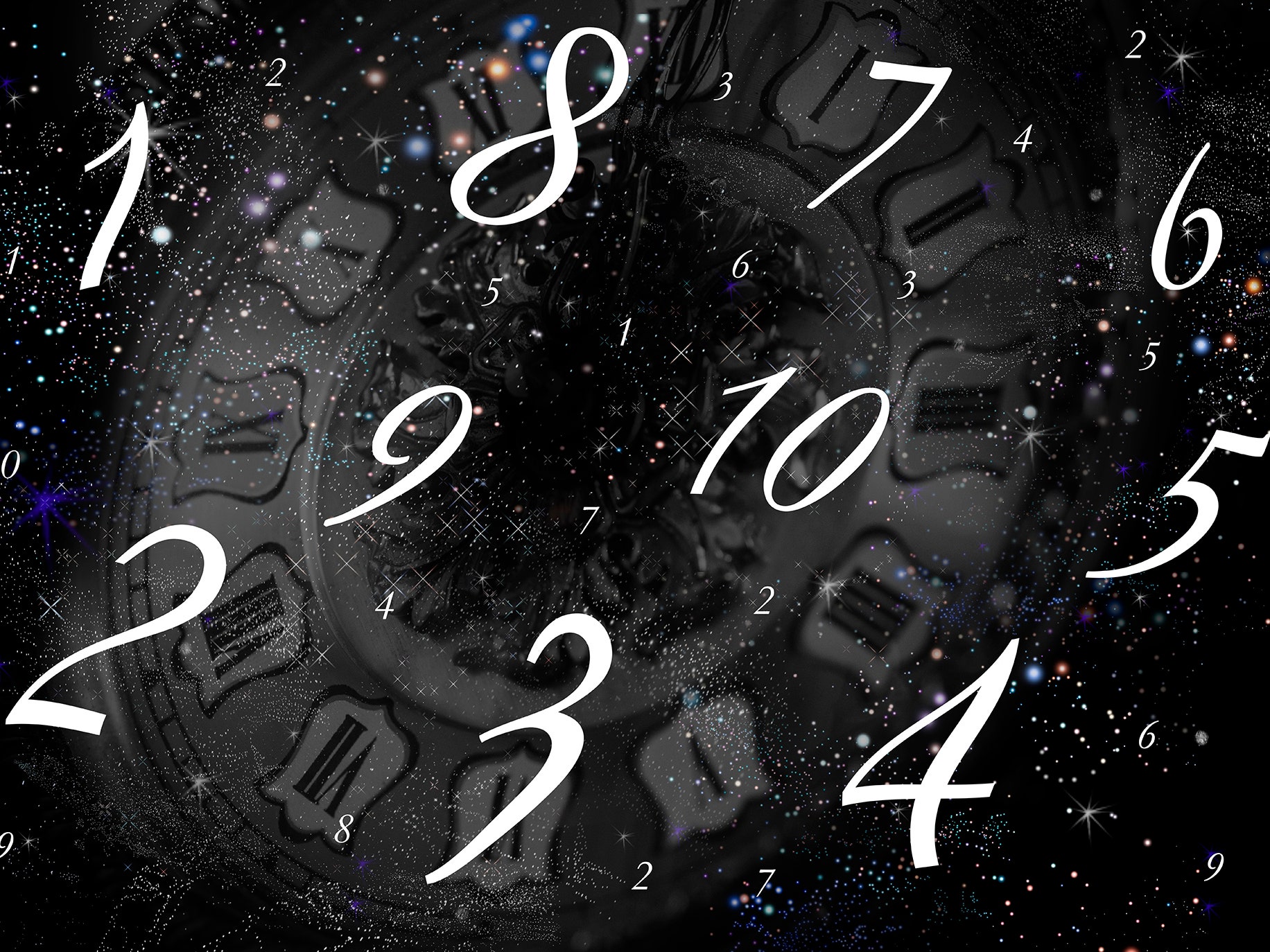
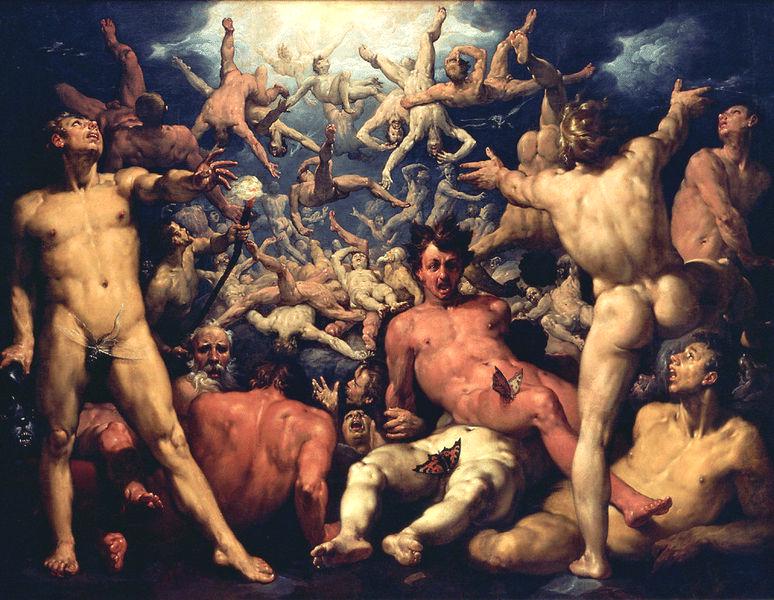
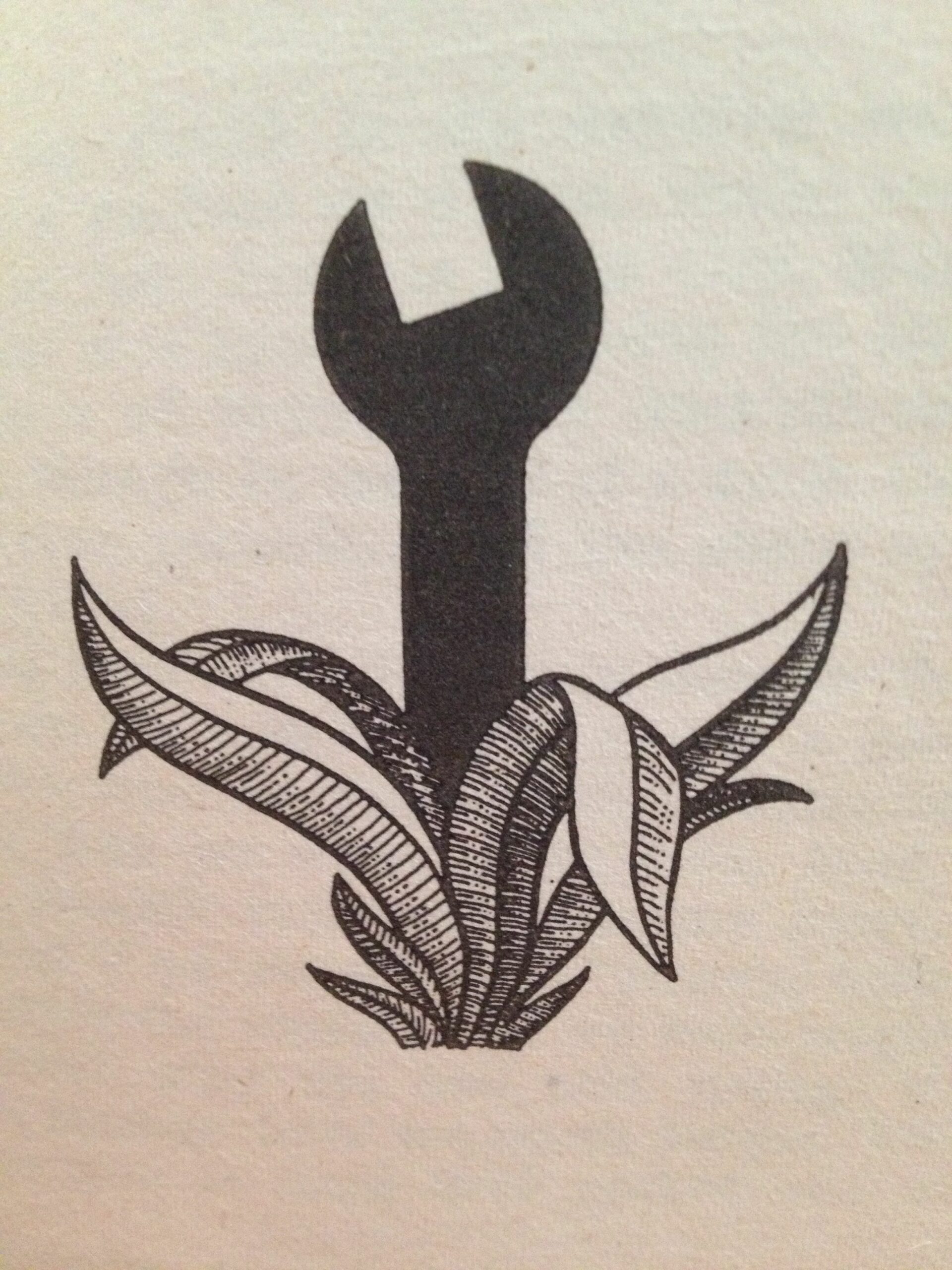
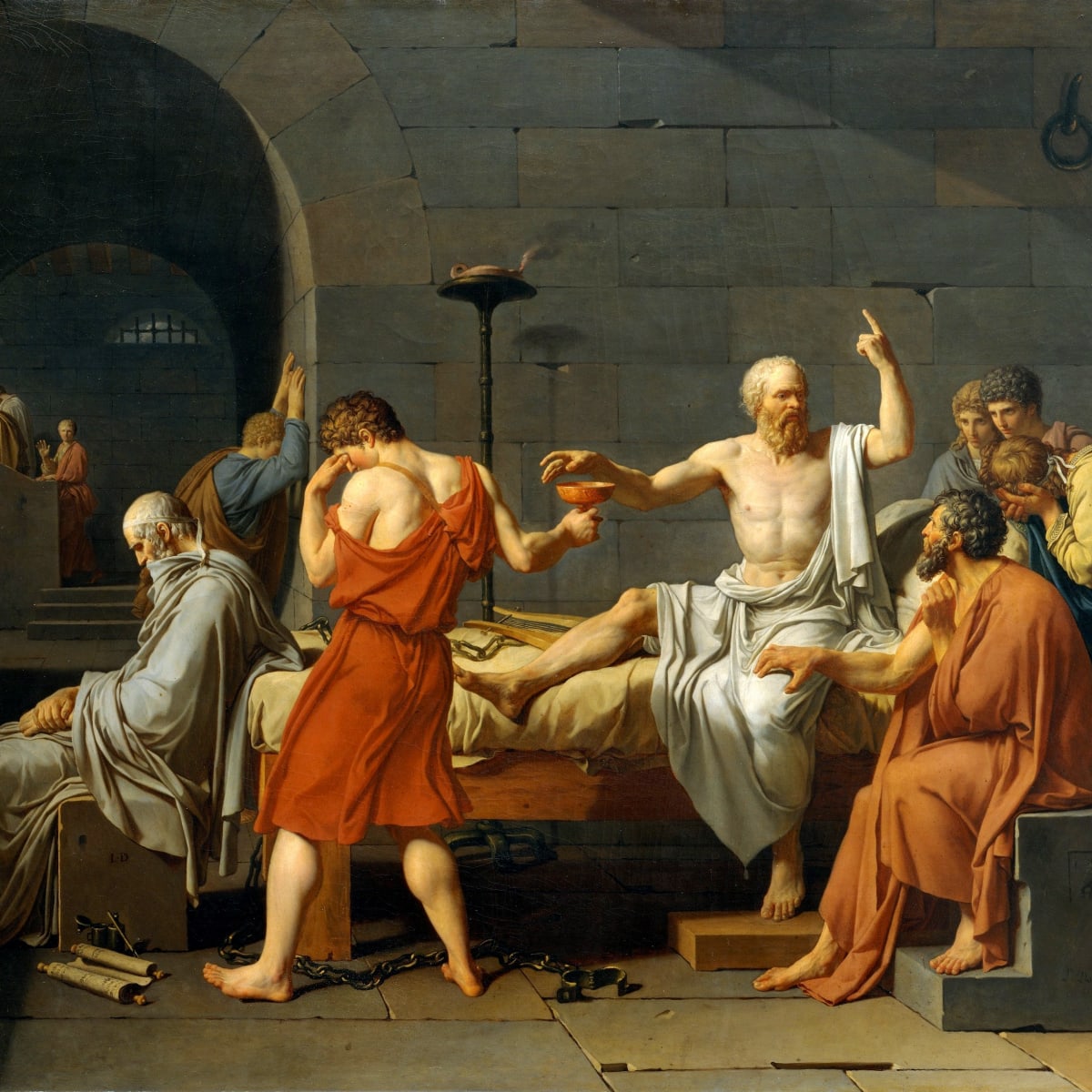
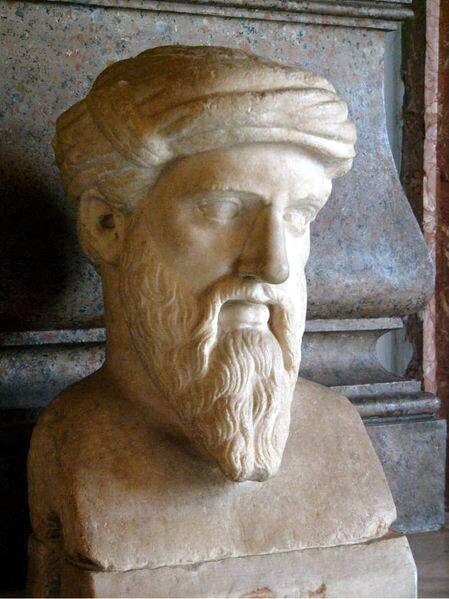
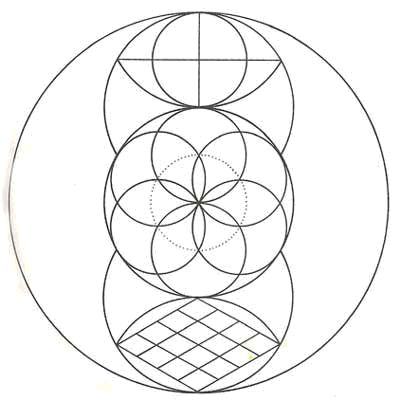
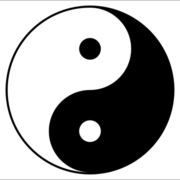
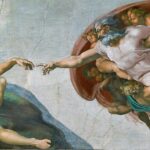
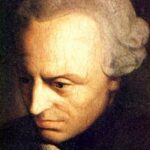
Leave a Reply
Want to join the discussion?Feel free to contribute!